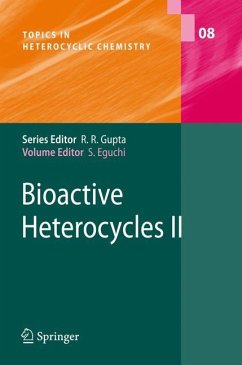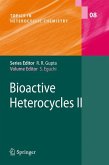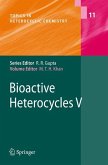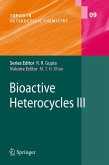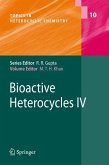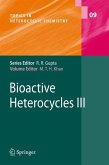As part of the series Topics in Heterocyclic Chemistry,this volume titled Bio- tive Heterocycles II presents comprehensive and up-to-date reviews on selected topics regarding synthetic as well as naturally occurring bioactive heterocycles. The ?rst chapter, High Pressure Synthesis of Heterocycles Related to Bio- tive Molecules by Kiyoshi Matsumoto, presents a unique high-pressure s- thetic methodology in heterocyclic chemistry. Basic principles and fruitful examples for pericyclic reactions, such as Diels-Alder reactions, 1,3-dipolar reactions, and also for ionic reactions, such as S and addition reactions, are N discussed. The review will be of considerable interest to heterocyclic chemists and synthetic chemists. The second chapter, Ring Transformation of Nitropyrimidinone Leading to Versatile Azaheterocyclic Compounds by Nagatoshi Nishiwaki and Masahiro Ariga, presents a very critical review on novel ring transformations of di- tropyridones and nitropyrimidinones based on the work of his group. - dressed in this review is the synthesis of functionalized molecules, such as nitroanilines, nitropyridines, and nitrophenols, by the ring transformation of dinitropyridones as the nitromalonaldehyde equivalent. Ring transformations of nitropyrimidinones with dinucleophiles to 4-pyridones, pyrimidines and 4-aminopyridines, and to polyfunctinal pyridones with 1,3-dicarbonyl c- pounds, etc., are also discussed. This review may attract the interest of synthetic chemists as well as heterocyclic chemists in the life science ?elds. The third chapter, Synthesis of Thalidomide by Norio Shibata, Takeshi Yamamoto and Takeshi Toru, describes a modern synthetic aspect of thali- mide.

